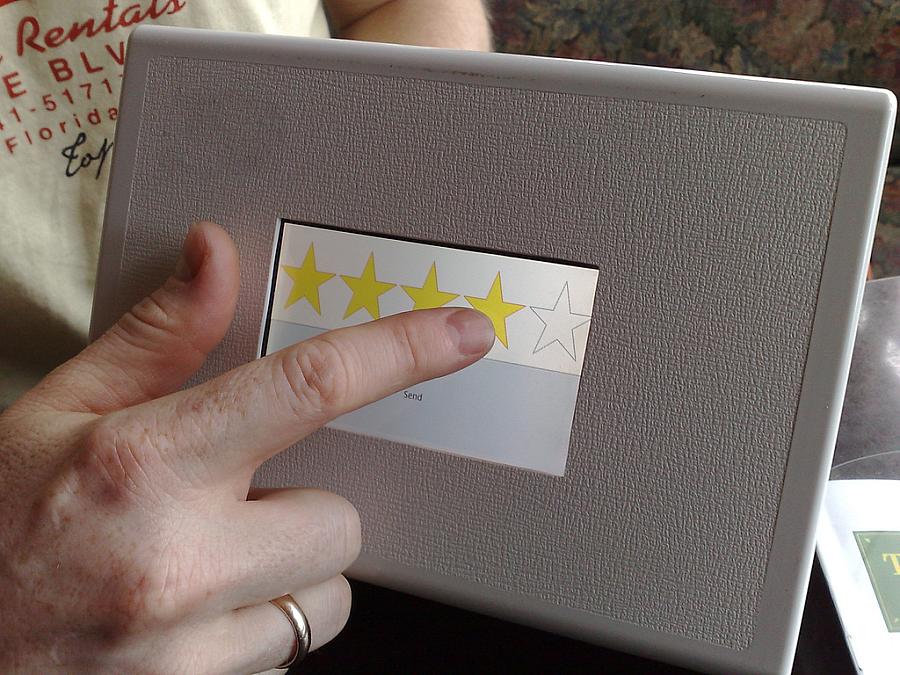Bedside Manners: In California, even the best doctors leave one-quarter unhappy

Following the Consumer Reports analysis of the relationship between health care providers’ attitudes toward patients and patient outcomes, the magazine just released a detailed report ranking physician groups based on patient experiences in California.
Consumer Reports used data from the California Healthcare Performance Information System (CHPI), an organization made up of health care providers, insurers, health care purchasers, and consumers.
The survey asked patients to reflect on doctor visits over the past year and to answer questions such as:
How often did your doctor explain things to you in a way that was easy to understand?
When your doctor ordered a blood test, X-ray, or other test, how often did someone from the office follow up to give you those results?
There are a lot of interesting lessons from the report, and I’ll go through a few of them over the next few posts. Here’s the first one.
Health care providers are not perfect. None of us are. (Except in the eyes of our grandmothers.) If you were rating these health care providers on a scale of 0 to 100, not a single one would have hit the top score.
You might assume that at least one physician group scored in the 90s.
Not so.
What about the 80s? Surely someone could muster what would be a B grade, right?
No.
The top score out of 167 physician groups was 77 percent out of 100. That would be a C+, if you’re grading on a 100-point scale and being generous. But, it also is 13 percentage points higher than the average score of 64.
The top score of 77 went to Sutter Gould Medical Foundation, which has locations throughout California’s Central Valley. According to Consumer Reports:
Its 330 physicians, nurse practitioners, physician assistants, psychologists, and other health care providers care for some 250,000 primarily working-class patients in San Joaquin, Stanislaus, and Merced counties. Despite its size, patient experience comes first.
What does the care in a top scoring physician group look like? Consumer Reports noted that Sutter Gould puts a premium on good communication between doctors and patients, that it monitors staff performance, and that it keeps track of everything electronically to make health care faster and more effective.
Trying to schedule an appointment on a patient’s preferred date is a priority, as is moving patients from waiting room to exam room quickly. … To track how staff is doing on various measures, patients are regularly surveyed, and doctors and support staff receive monthly results so that they can improve as needed. Electronic health records reduce unnecessary testing, improving efficiency and care.
Who wouldn’t be happy with all of that? At Sutter Gould, the answer is nearly one-quarter of patients.
Any business is going to have unhappy customers, but this is the life-and-death business. Every patient hopes for – if not necessarily expects – top performance that will leave them healthy and happy every time.
You go into the doctor sick. You want to leave well. And if the doctor can’t help you because you have an incurable disease, you want to at least feel heard, understood, and respected, according to the Consumer Reports survey.
If no physician group can make even 80 percent of its patients completely satisfied, do we need to change our expectations when we visit a physician?
I’ll write more about that in my next post.
Photo by Henri Bergius via Flickr.

